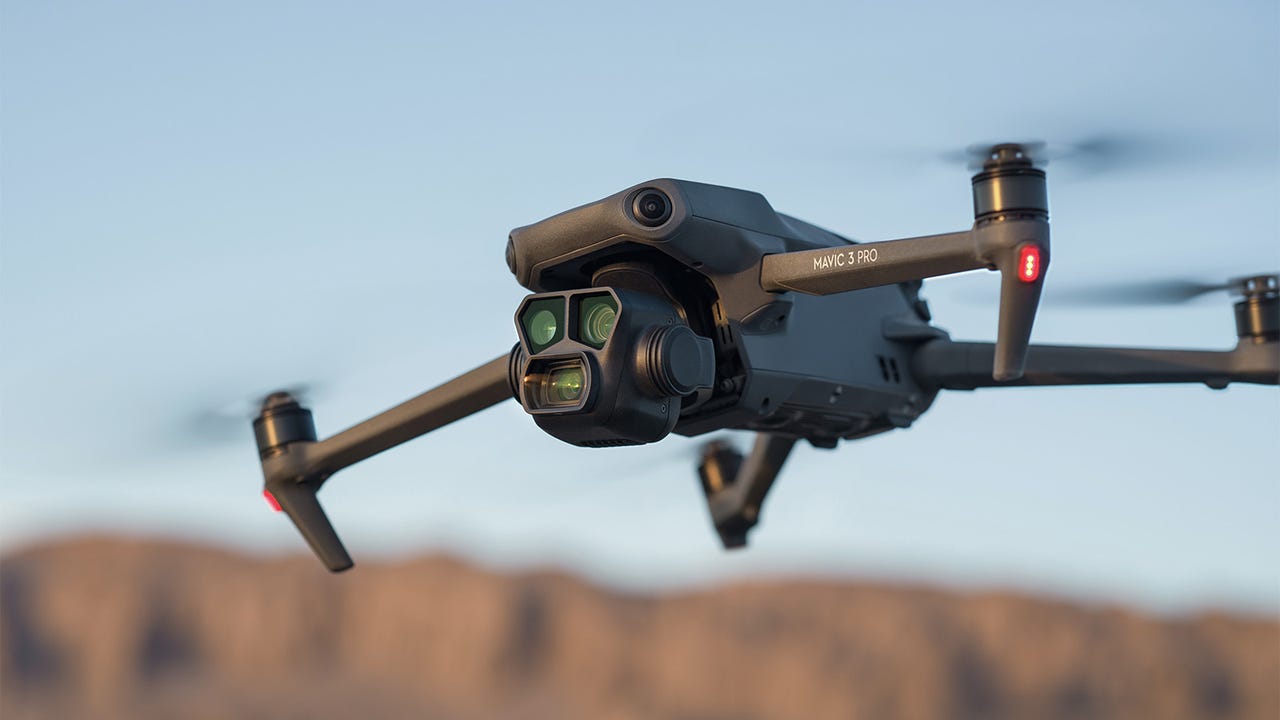What Are the Safe Altitudes for Flying a Drone Over Private Property?
Drone technology has revolutionized photography, giving professional photographers innovative tools to capture breathtaking aerial views. However, with this technological advancement comes significant responsibility. A common question among drone enthusiasts is: what are the safe altitudes for flying a drone over private property? It's essential for anyone interested in utilizing drones for photography to grasp the legalities and best practices involved.
As drone technology evolves, so do the associated regulations. The rules can be quite intricate, particularly regarding flying over private lands. This article aims to clarify these guidelines, allowing photographers to operate their drones both safely and legally.

Why Understanding Drone Regulations Is Critical
Before delving into how low you can fly your drone, it's vital to familiarize yourself with the pertinent laws and regulations. The Federal Aviation Administration (FAA) provides comprehensive guidelines that govern drone operations, which include specific restrictions around flying over private property.
Knowledge of these regulations is crucial to avoid legal disputes and foster good relationships with property owners. As a photographer, you want to steer clear of scenarios that could jeopardize your projects or result in significant fines.

Legal Considerations for Drone Flying Over Private Property
The legality of flying a drone over private land depends on numerous factors, including local laws and ordinances. While the FAA maintains jurisdiction over airspace above a certain height, it is largely the property owner who exercises control over what occurs on their property.
To simplify matters, consider these key points:
- The FAA governs airspace, but they do not manage the airspace directly above your backyard.
- Drone operators must keep a visual line of sight with their drone at all times.
- Its a courteous practice to inform property owners before flying over their property.

Understanding Height Regulations
In discussing what are the safe altitudes for flying a drone over private property, it's important to note that there are no hard-and-fast rules specifying a minimum height for drone operators. However, the FAA does impose limits on maximum flying altitudes.
The standard operating limit for drones is **400** feet above ground level, unless youre in controlled airspace where additional permissions are required. Although no minimum altitude is mandated, flying too low may lead to risks such as:
- Disruption of wildlife
- Trespassing complaints from property owners
- Higher chances of accidents involving people or obstacles
By adhering to safe flying heights, drone operators can minimize these risks while still achieving impressive shots.

Obtaining Permission: An Essential Step
Before embarking on any flight over private property, its wise to seek permission from the property owner. This simple act not only shows respect but also shields you from potential legal issues.
Having a drone use agreement documented can be advantageous, clarifying your objectives and ensuring mutual understanding with the property owner. Taking these proactive measures can streamline your photography workflow.
Best Practices for Drone Photography
To make the most of your drone as a photography tool while following legal guidelines, consider these best practices:
- Know your gear: It's essential to understand your drone's limits and capabilities for safe operation.
- Stay informed on regulations: Laws are continually updated. Regularly check resources like the FAA website for the latest updates.
- Communicate effectively: Keep open lines of communication with property owners before and after your drone flights.
- Be considerate: Take into account local wildlife and community members while flying your drone.
Additionally, enhance your lighting skills with tips from our article on good lighting, and learn about natural lighting techniques to improve your photography.
Consequences of Non-Compliance
Ignoring drone regulations and flying too low over private property could lead to serious ramifications. Potential consequences range from hefty fines to being grounded by authorities. In severe cases, neglecting these guidelines could result in losing your drone or damaging someone else's property.
As an aspiring or seasoned professional photographer, it's crucial to maintain your reputation while enjoying the creative liberties that drone flying can offer. Adhering to legal standards is essential to protect your craft and ensure peace of mind while capturing stunning visuals.
Frequently Asked Questions About Drone Regulations
1. Can I fly my drone at night over private property?
Generally, night flying is regulated by the FAA, and proper lighting is necessary. Always obtain permission from the property owner.
2. What occurs if I fly over someone's private property without their consent?
This can be regarded as a privacy violation, and the property owner might take legal action. Always seek consent prior to flying over private land.
3. Are there specific regulations for urban drone flying?
Indeed, urban areas have additional restrictions, such as no-fly zones and air traffic rules. It's crucial to familiarize yourself with local laws before flying in these settings.
As an Amazon Associate, I earn from qualifying purchases.
For more information on drone safety and regulations, you can visit the Forest Service website.

